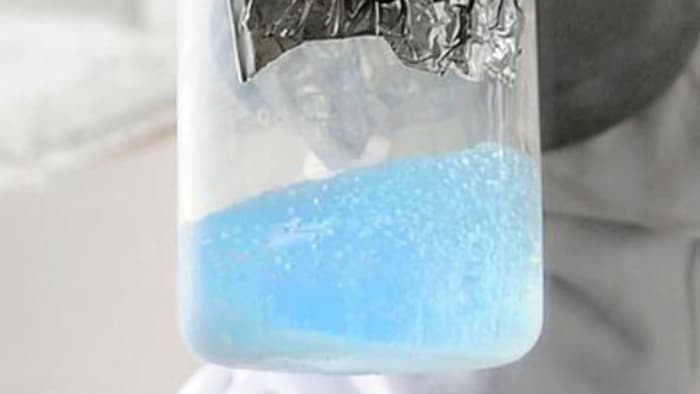Oxygen and its oxidation states
Valency and oxidation states of oxygen

Oxygen is one of the most important chemical elements. Oxygen molecules are present in a huge number of chemical compounds which people use in everyday life.
General characteristics of oxygen
Oxygen was officially discovered as a chemical element in 1774 by the British chemist Joseph Priestley. The scientist was concluding an experiment on the breakdown of mercury oxide, which was in a hermetically sealed container, and obtained a gas that supported combustion. However, the discovery went unnoticed, and Priestley believed that he had extracted a component of the air, and not a new element. Priestley shared the results of the experiment with the French chemist Antoine Lavoisier, who realized the true nature of the scientific discovery. In 1775, Lavoisier established that the “component of the air” was an independent chemical element, and called it in French oxygène, which means “forming acids” in Greek. Lavoisier originally believed that oxygen was a component of all acids. Later this theory was rejected.

Oxygen is a colorless gas without smell or taste. Here you’ll find interesting experiments with gases. The chemical formula of the element is О₂.
The molecule consists of 2 oxygen atoms connected by a covalent bond. This bond is quite stable. In a normal state, the density of the element is 1.429 kg/m3. 1 liter of oxygen weighs less than 1.5 grams. In pure form, this gas is heavier than air.

At a temperature of below -183 °C, oxygen becomes a liquid of a light blue color, and at -218.35 °C it moves into a crystalline state. Oxygen crystals are dark blue.
There are molecules that consist of three atoms, О₃, an allotropic modification known as ozone.
Valency and oxidation states of oxygen
The valency of a chemical element is its ability to form a certain number of bonds with atoms of other elements. The valency of an oxygen atom is (2). For example, the water molecule H₂O forms as a result of the covalent bond arising between 1 atom of oxygen and 2 atoms of hydrogen.

Substances obtained by the interaction of a chemical element with oxygen are called oxides. The oxidation state of oxygen in oxides is equal to (-2).
Oxidation states of oxygen
The oxidation state is equal to the charge in the atom in the complex substance, on the condition that all common electron pairs are displaced to atoms of more electronegative elements, i.e. the oxidation state is calculated based on the assumption that all covalent bonds have become ionic. This assumption is arbitrary, as the oxidation state is a formal value which does not reflect the real ratios of the charges of the atoms in the molecule. This concept is used in certain logical constructs (calculation of coefficients in equations, classification of compounds, etc.).
There are seven oxidation states of oxygen, which depend on the element that the substance interacts with:
- in oxides – (-2);
- in peroxides – (-1);
- in superoxides – (-1/2);
- in inorganic ozonides (true for ozone) – (-1/3);
- in salts of a cation of oxygen– (+1/2);
- in oxygen monofluoride – (+1);
- in oxygen difluoride – (+2).